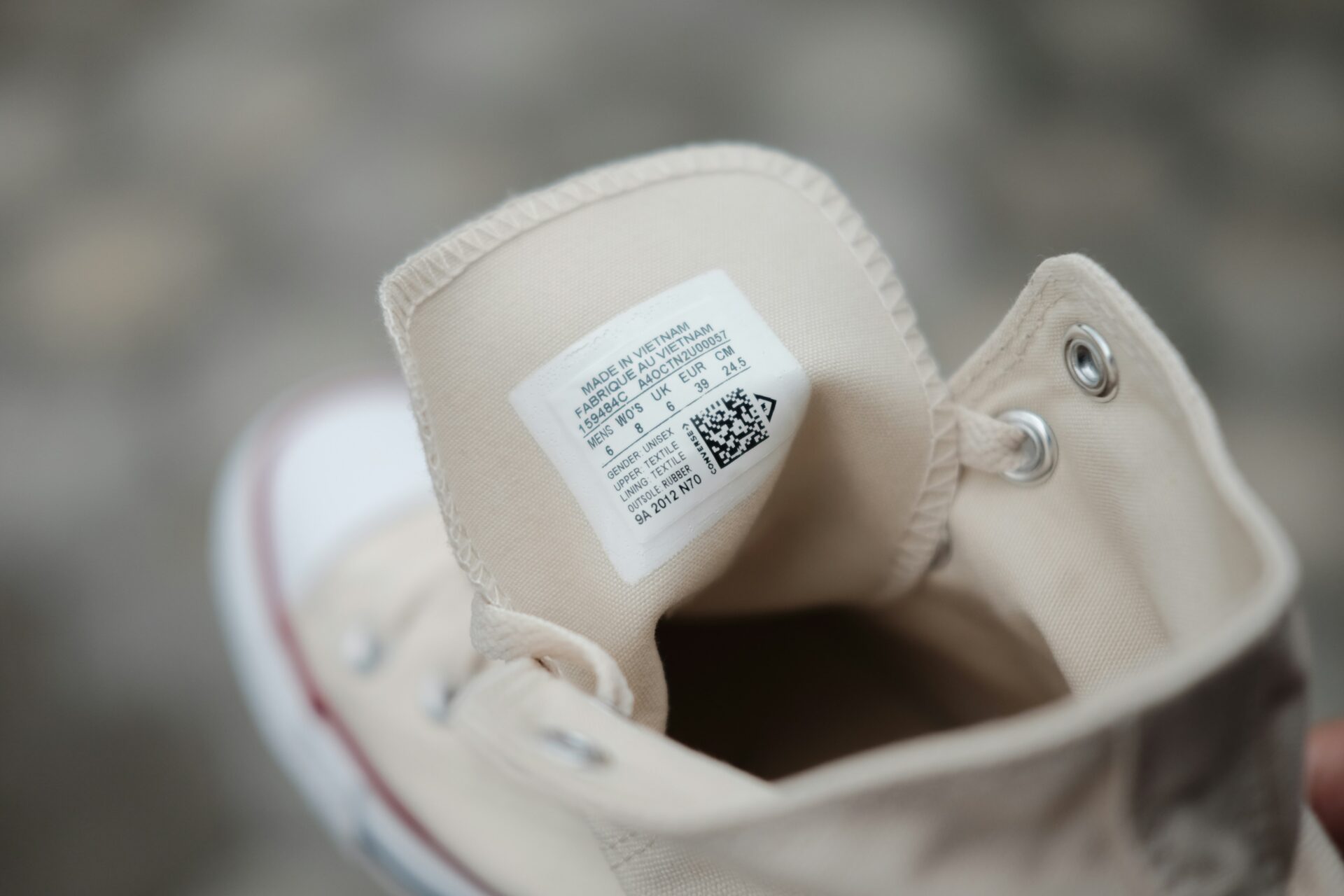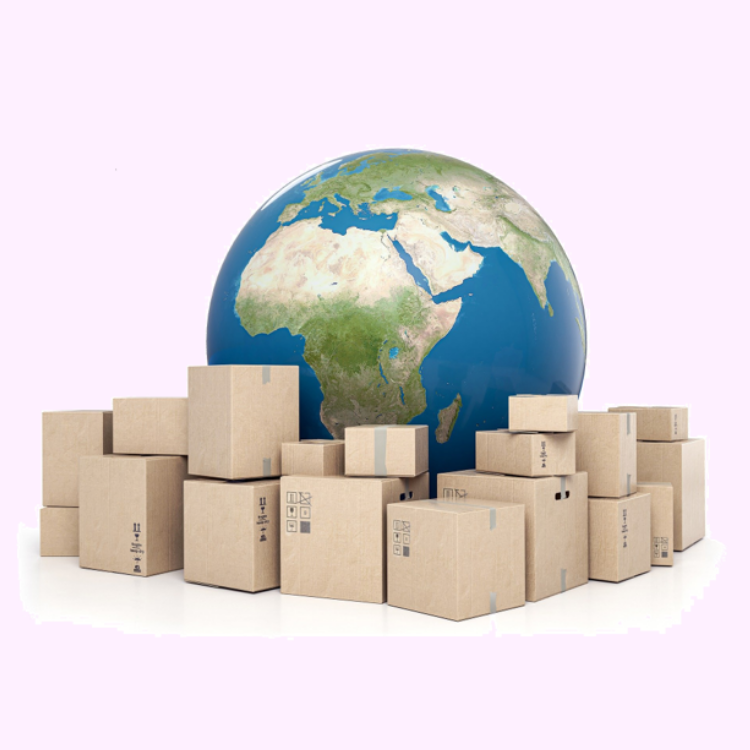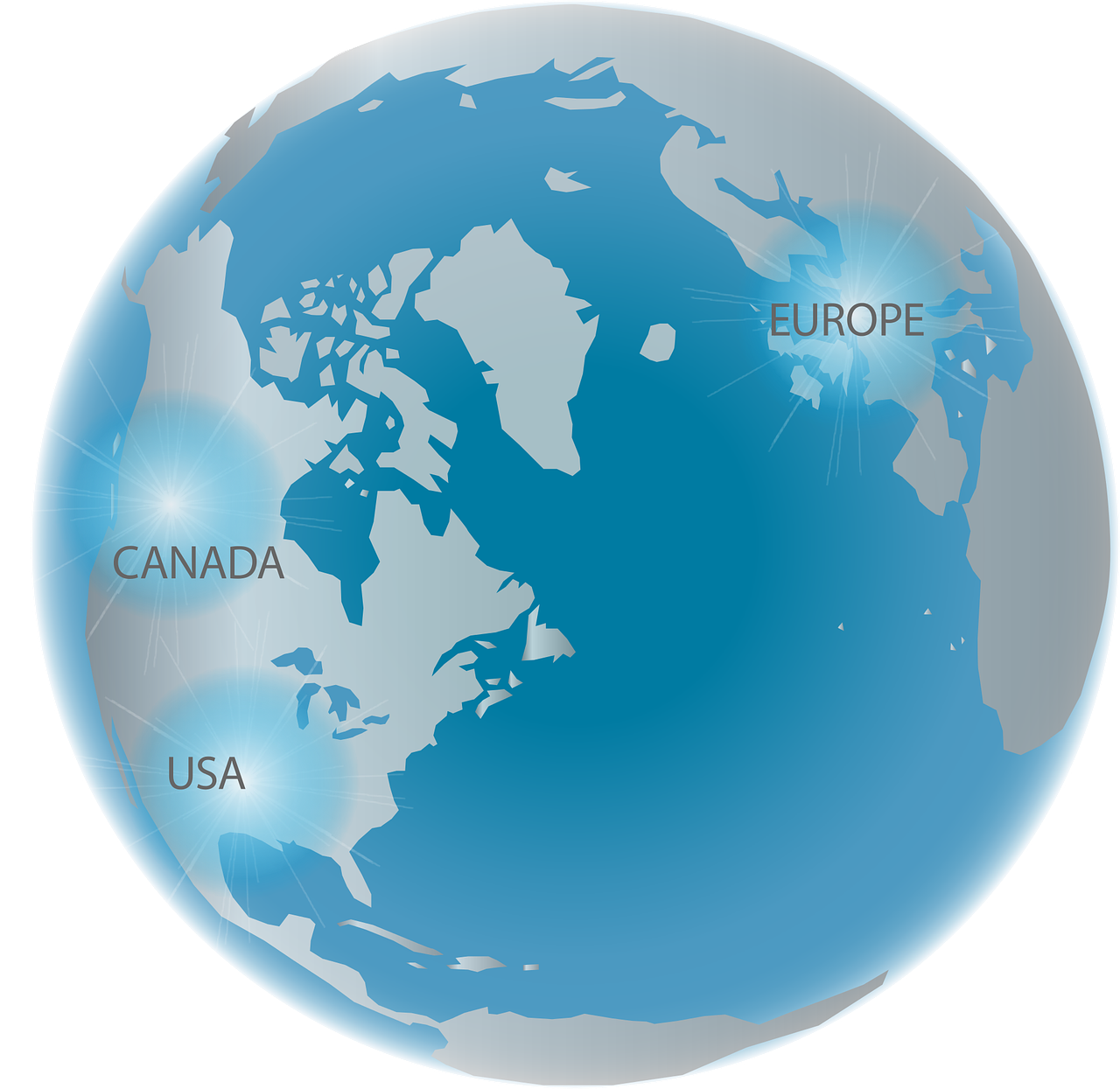Environmental properties and characteristics of the products - Digital product data sheet in France
The obligation to provide information on the environmental properties and characteristics of waste-generating products is provided for in Article 13 of Law No. 2020-105, also known as “Loi AGEC”.
With this new regulation, the AGEC Act has therefore harmonized the information in order to promote consumer understanding, make the information systematic and accessible and facilitate controls.
This new obligation came into force gradually from 2023.
This new obligation can prove to be very complex and costly, especially for companies with many products and EPR areas.
Manufacturers concerned
Producers, importers or other marketers of products referred to in Article R. 541-221 of the Environmental Code are affected.
(The following threshold values must be calculated cumulatively for all products in the EPR areas mentioned).
Since the January 1, 2023, the obligation applies to companies with a turnover of more than 50 million euros for all products concerned (including the other sectors covered by Decree No. 2022-748) that are more than place 25,000 units of all products concerned on the market (including the other sectors covered by Decree No. 2022-748)
From the January 1, 2024 The obligation then also applies to companies with a turnover of more than 20 million euros for all products concerned (including the other sectors covered by Decree No. 2022-748) that are more than 10,000 units of all products concerned (including the other sectors covered by Decree No. 2022-748).
From 2024, compliance is also to be monitored more strictly .
With the January 1, 2025 The obligation then also applies to companies with a turnover of more than 10 million euros for all products concerned (including the other sectors covered by Decree No. 2022-748) and which are more than 10,000 units of all affected products on the market (including the other sectors covered by Decree No. 2022-748).
This means that distributors who do not meet any of the above criteria are not subject to this obligation.
Affected products and content of the QCE information
The affected products are exclusively new products for private consumers.
This information obligation therefore does not apply to products intended for professional users, nor does it apply to reconditioned or used products.
The products concerned are those that are subject to extended producer responsibility (EPR groups) in France. Manufacturers and importers inform consumers about the environmental properties and characteristics of these products.
A non-exhaustive list of environmental characteristics can be found in Article 13 of the AGEC Act. These include:
– Use of recycled material
– Use of renewable resources
– Sustainability
– Compostability
– Repairability
– Options for reuse
– Recyclability
– Presence of hazardous substances, precious metals or rare earths
– Traceability
– Presence of synthetic microfibers
The QCE information also includes details of bonuses and penalties (also known as eco-modulations or eco-contributions) paid by the manufacturer to the take-back systems.
The exact content of the QCE information and the list of affected products have been defined by Decree No. 2022-748 of April 29, 2022. This decree lays down the modalities for the application of the environmental characteristics and features.
Examples of the new information obligations
Marketers are obliged to inform consumers about the use of recycled materials. This concerns various EPR groups, including household packaging, graphic paper, electrical and electronic equipment, batteries and accumulators, contents and containers of chemical products, furniture and furniture parts, textile products (except leather articles), sports and leisure articles, DIY and garden products and vehicles.
The information must be included in the product description and contain the statement “Product contains at least [%] recycled material” or “Packaging contains at least [%] recycled material”. If the product does not contain recycled material, the statement “Product does not contain recycled material” or no statement at all must be used in the product description.
Distributors must also provide information on recyclability. The calculation method is determined by the responsible take-back system and is based on five criteria. This requirement again concerns various EPR groups, including household packaging, graphic paper, construction products and materials, electrical and electronic equipment, batteries and accumulators, contents and containers of chemical products, furniture and furniture parts, textile products (except leather articles), toys, sports and leisure articles, DIY and garden products and vehicles.
The product description should state “largely recyclable product” or “largely recyclable packaging” if the five criteria are met. If the recycled content of the waste is more than 95% by mass, the term “fully recyclable product” can even be used.
Finally, there are also requirements for information on the presence of hazardous substances. This requirement applies to every product and is not limited to specific EPR areas. It applies to products in which a hazardous substance is present in a concentration of more than 0.1% by mass in accordance with the European Regulation (Regulation No. 1907/2006 “REACH”).
The information should be provided in the form of the statement “contains a hazardous substance” or, if the hazardous substance is on the Reach list, as “contains a substance of very high concern” together with the name of each hazardous substance contained.
Type of information presentation - Digital product data sheet
The “QCE” information is provided electronically and is therefore not included on the product labels. Instead, it must be visible or accessible to the consumer at the time of purchase.
To ensure this, it is the responsibility of the manufacturer or importer to provide the QCE information on a website or under the title “fiche produit relative aux qualités et caractéristiques environnementales”. This information must be available online for two years after the last market launch of the product in question.
If a company wishes to voluntarily provide information on the environmental characteristics and features of its products on physical media such as labels or business posters, this information must be presented in the same form as the digitized QCE information.
In the special case of information on the presence of hazardous substances, it is also possible to provide this information via the Scan4Chem application.
Sanctions
Various sanctions can be imposed for non-compliance with these new information obligations. This includes the possibility of an administrative fine, which can vary depending on the case. Natural persons run the risk of a fine of up to 3,000 euros, while legal entities can be fined up to 15,000 euros.
In addition, the distributor could be accused of operating a misleading business practice in connection with the environmental impact of its products. In such cases, the maximum penalty can be more drastic and includes a prison sentence of up to 2 years for natural persons and a fine of up to 300,000 euros. For legal entities, the fine can even be up to 1,500,000 euros.
It is worth noting that the amount of the fine may be increased in proportion to the benefits derived from the misleading practice. In the area of environmental claims in particular, this percentage can amount to up to 80% of the expenditure incurred in carrying out the misleading practice.
Conclusion
The manufacturers affected as of this year are all distributors with a turnover of more than 20 million euros who place more than 10,000 units of all affected products on the market.
The products concerned are all those intended for the private final consumer and falling under one or more of the EPR areas in France.
The relevant environmental characteristics include:
– Use of recycled material
– Use of renewable resources
– Sustainability
– Compostability
– Repairability
– Options for reuse
– Recyclability
– Presence of hazardous substances, precious metals or rare earths
– Traceability
– Presence of synthetic microfibers
– Eco-modulation (bonus/penalty)
– The “QCE” information is provided electronically and is therefore not included on the product labels.
The requirements for distributors in France are becoming more and more complex and better controlled. There are also a large number of EPR areas, which means that even small online retailers are exposed to a tsunami of obligations.



